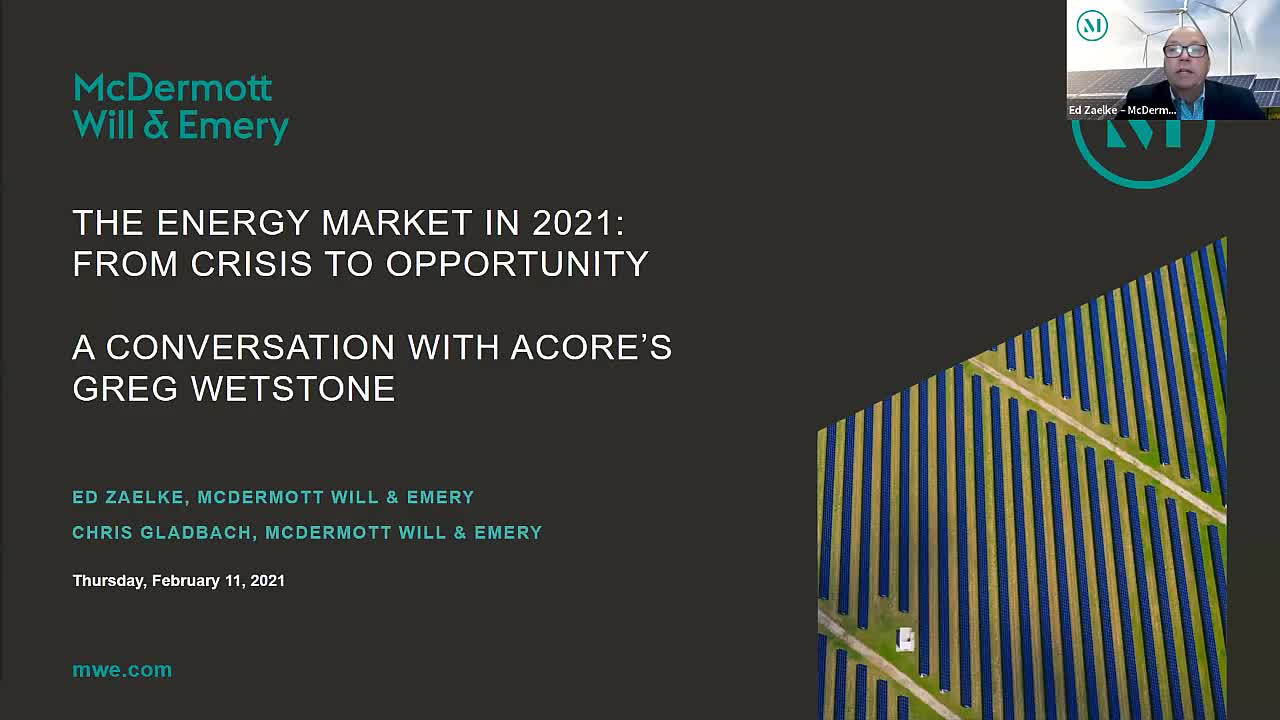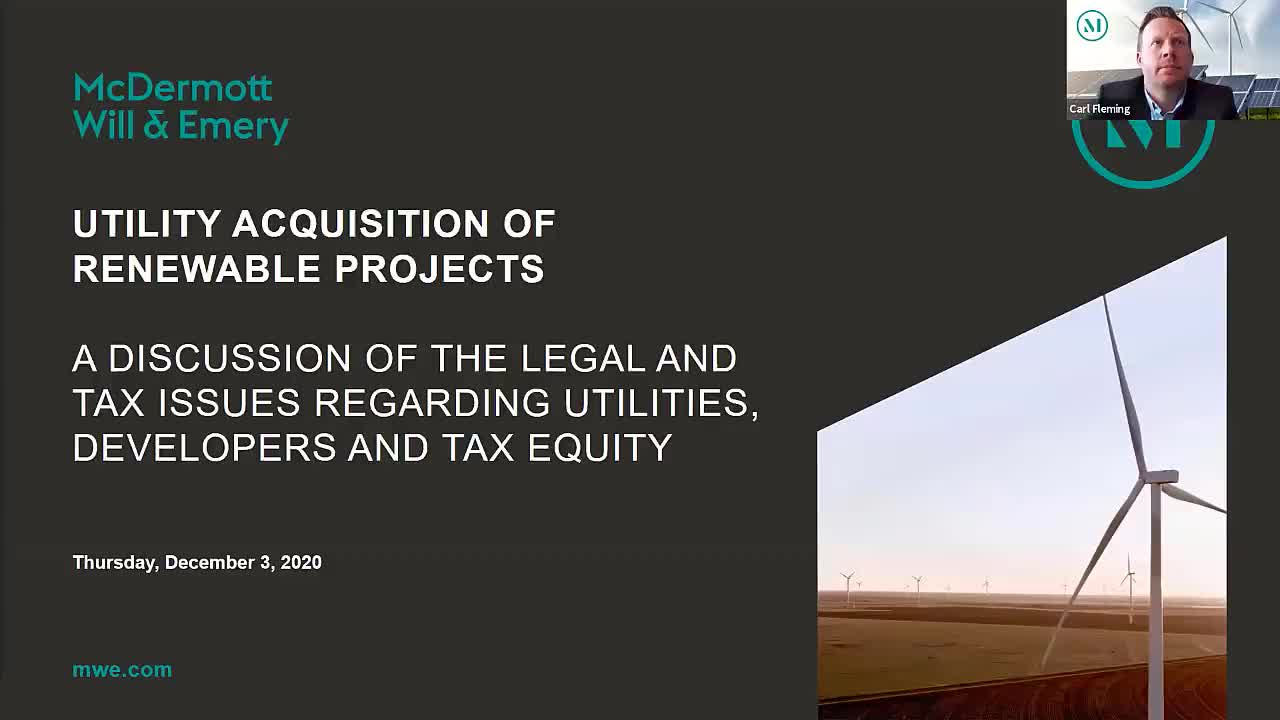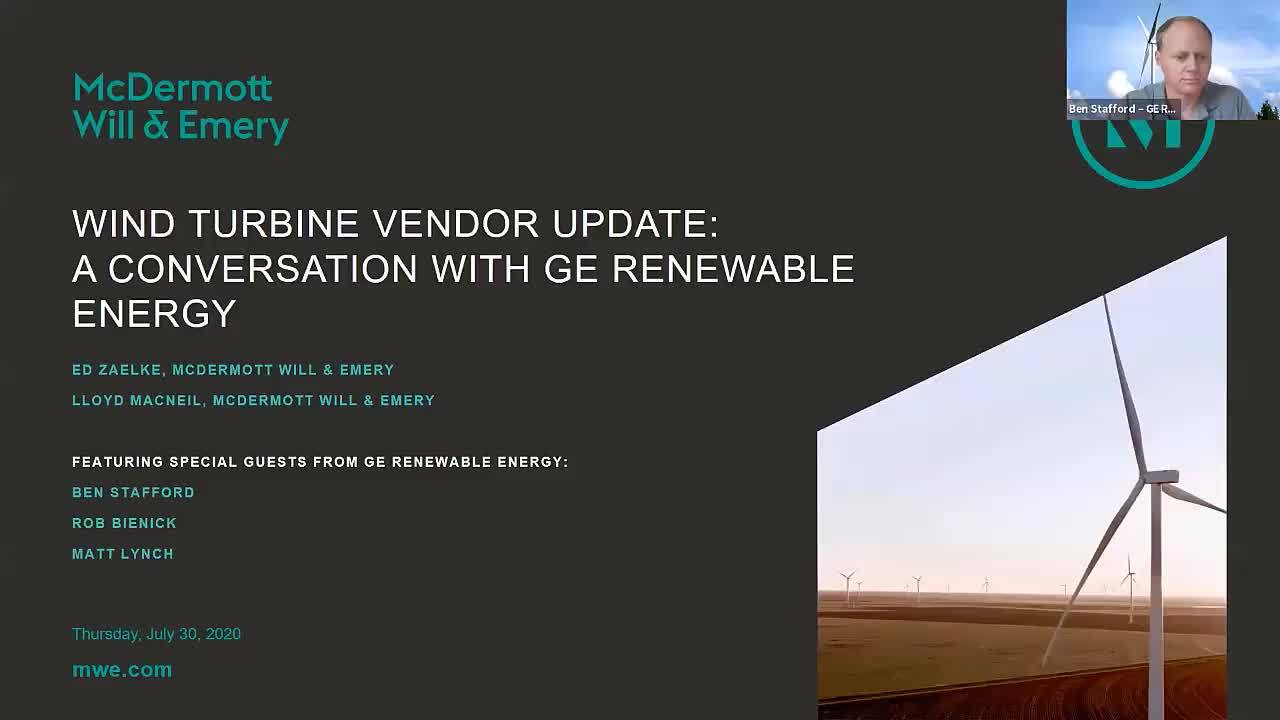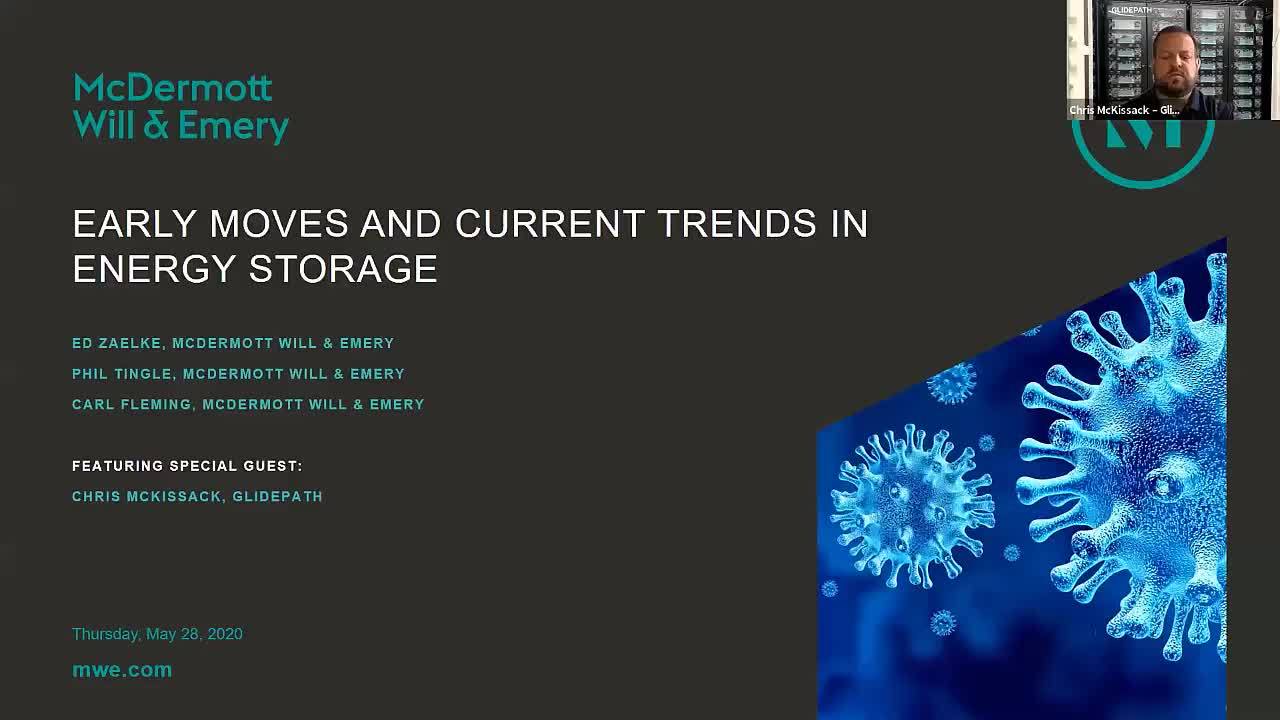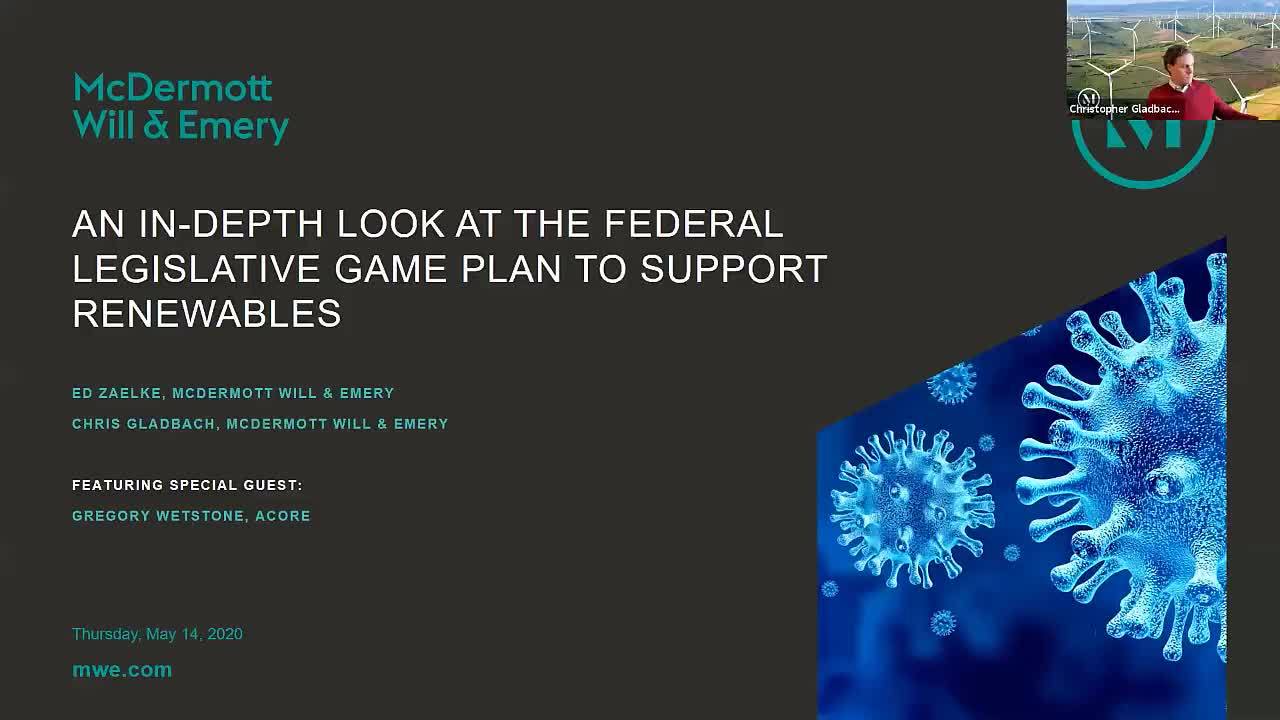US RENEWABLES: INVESTMENT OPPORTUNITIES PERSIST IN UNCONVENTIONAL PLACES
Christopher Gladbach | Seth B. Doughty
Apart from a few challenges, the sellers’ market in renewable energy is accelerating under the Biden administration, leading international investors to seek opportunities in non-traditional investments. Read more.
—————————————————————————————————————————
THE US $2.3 TRILLION AMERICAN JOBS INFRASTRUCTURE PLAN
Elle Hayes | Dominique J. Torsiello | Carl J. Fleming | Ranajoy Basu
In March this year, US President Joe Biden unveiled the American Jobs Plan, the first of a two-part infrastructure package to revive the economy after the COVID-19 pandemic and the second stage of President Biden’s “Build Back Better” agenda. Read more.
—————————————————————————————————————————
RECENT DEVELOPMENTS IN THE SOUTH EAST ASIA RENEWABLES MARKET
Ignatius K. Hwang | Merrick White
Despite considerable challenges, South East Asia is pulling out all the stops to transition to primarily renewable energy in the coming years. Read more.
—————————————————————————————————————————
GREEN AMMONIA: AT THE INTERSECTION OF PETROCHEMICALS AND THE ENERGY TRANSITION
As the world seeks to transition to a lower carbon economy, replacing traditional hydrocarbon-based transport fuels in the automobile, aviation, and shipping industries will be important. Read more.
—————————————————————————————————————————
CLEAN ENERGY EMPLOYERS ARE THE NEW TARGET FOR ORGANISED LABOUR
Ellen M. Bronchetti | Ron Holland | Saniya Ahmed
Employers in the clean energy sector should be prepared to consider how changes to the US labour landscape are likely to impact their workforce. Read more.
—————————————————————————————————————————
COMPETITION POLICY AND THE EUROPEAN GREEN DEAL: A PATHWAY TOWARDS CLEAN ENERGY AND ENERGY EFFICIENCY
Hendrik Viaene | David Henry | Karolien Van der Putten
EU competition rules—particularly State aid, merger control, and antitrust rules—are playing a key role in supporting the goals of the European Green Deal. Read more.
—————————————————————————————————————————
NOT YET THE END FOR HYDROCARBONS
There has there been significant activity in the Asian upstream market this year. Who is buying mature oil fields, and why? Read more.
—————————————————————————————————————————
ENGLISH HIGH COURT SANCTIONS RESTRUCTURING OF DTEK GROUP
Mark Fennessy | Sunay Radia | Alexander Andronikou
The recent restructuring of DTEK Group provides guidance regarding the English High Court’s position on challenges to the international effectiveness of schemes of arrangement and/or restructuring plans post-Brexit. Read more.
View the full issue here.
read more

 Subscribe
Subscribe